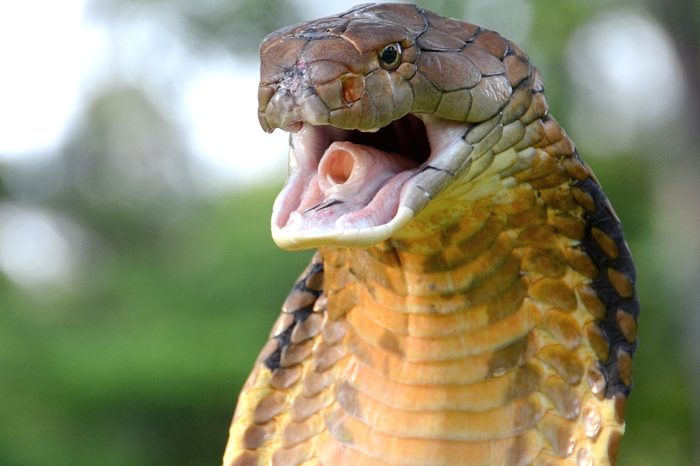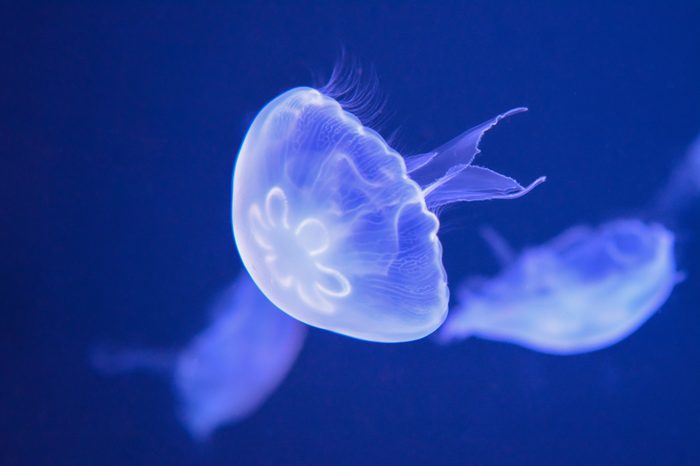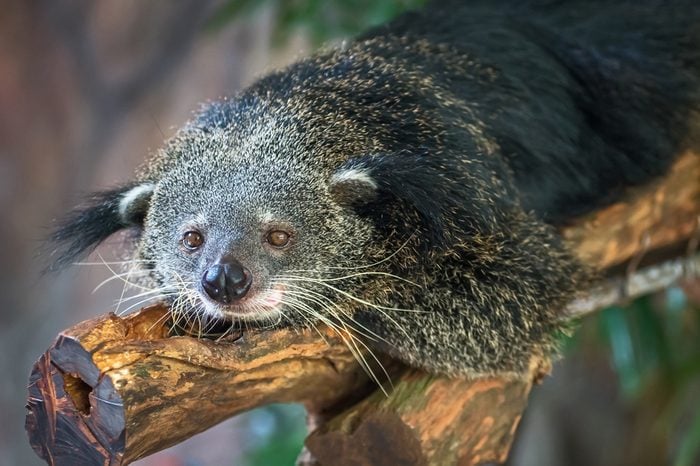
Asian bearcat
Binturong is the proper name for this animal that isn’t related to a cat or a bear. Despite having a face like a cat and a body like a black bear, the binturong is related to civets and fossas, cat-like mammals native to the tropical habitats of Asia and Africa. And another fun fact? They smell like hot buttered popcorn. The prominent aroma emitted in their urine comes from the compound 2-AP, which gives popcorn its tantalizing scent. Binturongs use this odor to claim their territory and lure in potential mates.
King cobra
The king cobra is not, technically, a “true cobra” because it’s the lone species of the Ophiophagus genus and not a member of the Naja genus. They reign as king because they can kill and eat other cobras. A king cobra can kill about 20 people with just one venomous bite. Fortunately, these snakes are incredibly shy and try to avoid people at all costs. And unless you’re hiking through the forest in northern India or southeast China, you won’t be seeing the likes of a king cobra anytime soon.
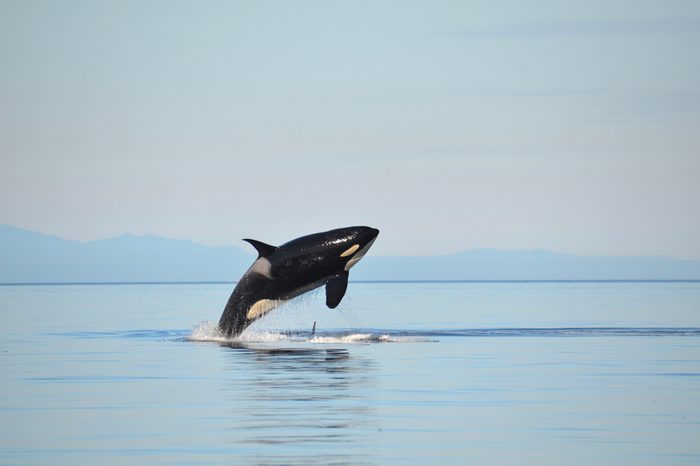
Killer whale
Orcas, also better known as killer whales, aren’t whales at all—they’re the largest members of the dolphin family! However, the “killer” part of their name still applies because they lie at the top of the ocean’s food chain. The oceanic creature typically lives on a diet of large whales, fish, seals, dolphins (yes, their own family), sharks, and more. Ancient sailors used to call orcas “whale killers” after observing them hunting and feeding on other whales out on the high seas. Make sure you know which 14 animals are in danger of disappearing in your lifetime.
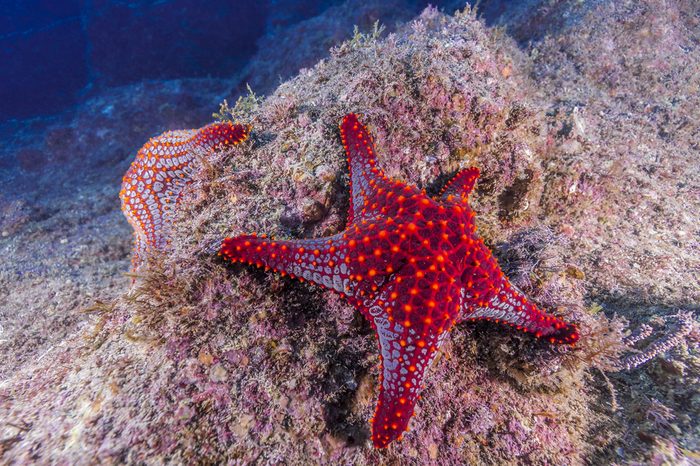
Starfish
The only thing starfish and fish share is their aquatic habitat. Starfish are marine invertebrates with rays or arms that surround a central disk, while fish are limbless vertebrates with fins and gills that live in the water. The alternative name, sea star, describes the creature’s features much more accurately than its popularized starfish name.
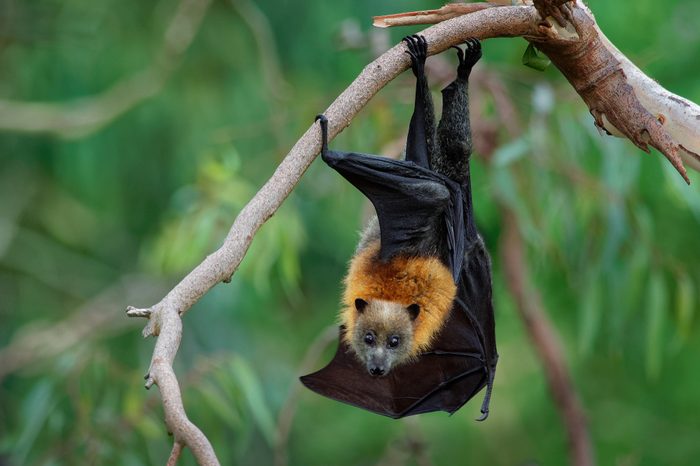
Flying fox
Before you get too excited, not one fox can fly. But based on this bat’s fox-like face and tufts of orange hair, you could see where this bat may have gotten its name. Unfortunately, this bat has absolutely no ancestral history in the fox family. Flying foxes are some of the largest bats in the world with a wingspan of up to five feet and inhabit the tropics and sub-tropics. And unlike most bats, they use sight instead of echolocation to navigate. Here are 15 more animals you never knew existed.
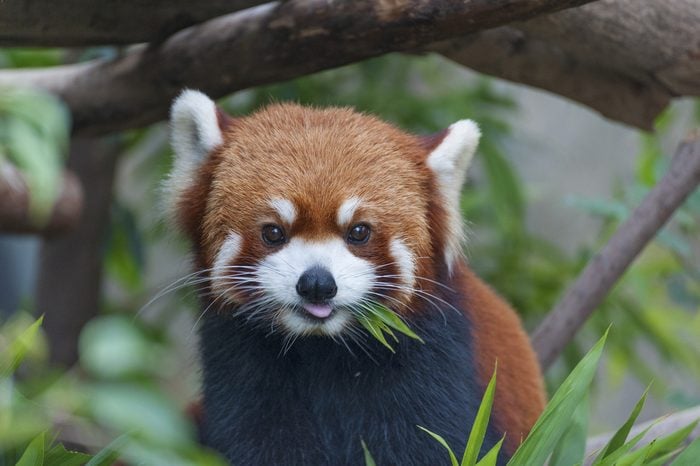
Red panda
Just because the red panda eats bamboo like a panda and has dark markings around its eyes like a panda, doesn’t mean that it is a panda. The red panda is actually the only living member of its taxonomic family, Ailuridae. Pandas are a part of the Ursidae family. If you’re visiting southwestern China or the Himalayas, you may just spot its reddish-brown fur and long, bushy tail on a walk through the forest.
Jellyfish
Much like the starfish noted above, jellyfish aren’t actually fish; they’re invertebrates (animals that lack backbones). But they are made of jelly! Well, sort of. Jellyfish are 95 percent water. A lot of its water content comes from the mesoglea, the gelatinous material found in a jellyfish body. Check out these animals that could basically live forever.
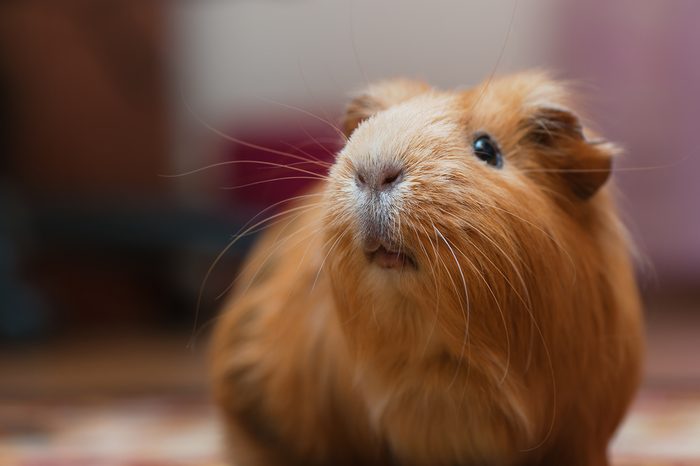
Guinea pig
The guinea pig may be one of the select few rodents that people actually want to own as pets, but in no shape or form is it related to the pig family Suidae. Many theories circulate as to the origins of the animal’s moniker. Some historians speculate that the ships leaving the ports of Guinea in West Africa or Guiana in South American may have carried the animals to the European market, while others wonder if roasted guinea pig meat reminded Europeans of that of suckling pigs. Here are 8 animals that changed history—literally!
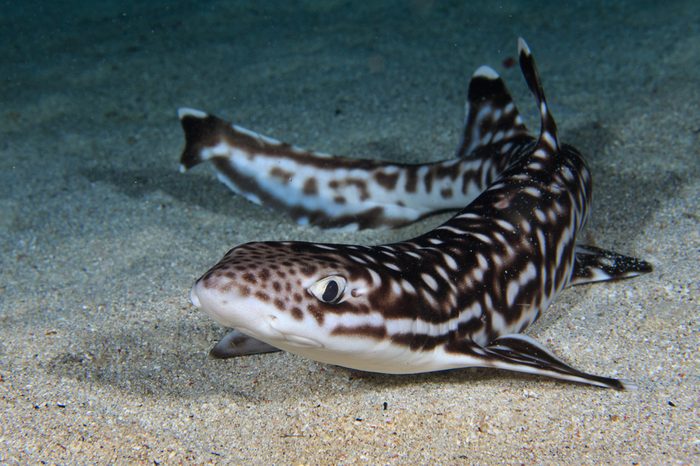
Catshark
The name “catshark” may have you envisioning a humorous half-cat/half-shark caricature, but it couldn’t be anything further from the truth. The only cat-like features these sharks embody are elongated eyes, sometimes tiger stripes or leopard spots, and night vision. But this is definitely a “cat” you don’t want to pet, let alone be bit by! The animal can have anywhere from 40 to 110 rows of teeth. The good news is that catsharks have appeared to be relatively harmless to humans thus far. You’ll want to read about these 12 incredibly intelligent animals.
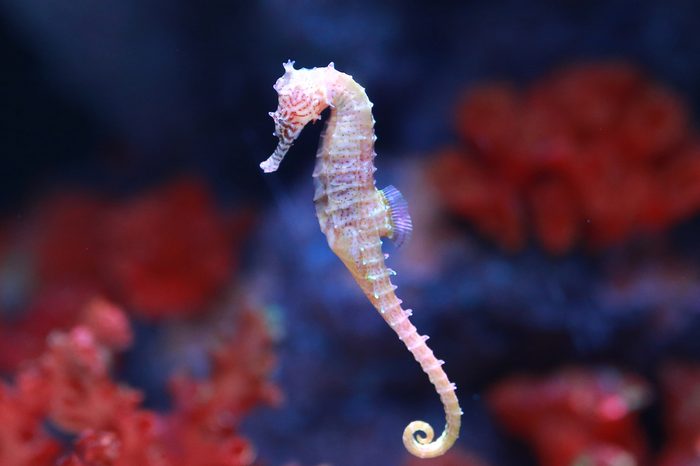
Seahorse
An estimated 54 species of marine fishes belong to the genus Hippocampus, which is Latin for “horse caterpillar.” They may have a head and neck that looks like a horse’s, but unfortunately, these tiny creatures aren’t exactly built for swimming in the deep sea. The seahorse solely relies on its dorsal fin, which beats 30-70 times per second, to propel them through the water.
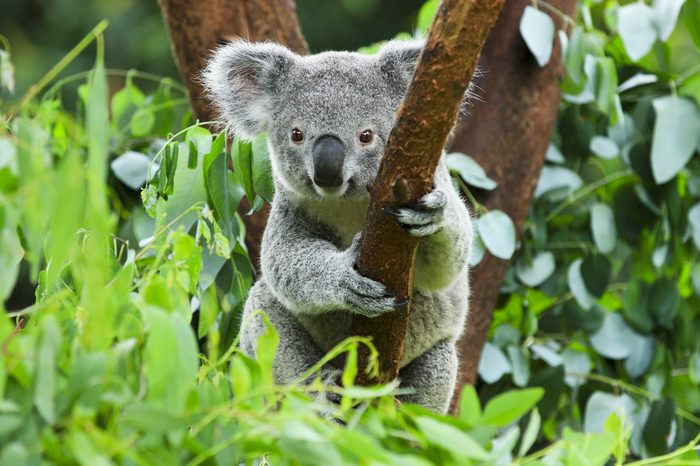
Koala bear
The cuddly koala may bear (no pun intended) a striking resemblance to your childhood teddy bear, but it’s actually a marsupial. Unlike bears, marsupials give birth to immature babies, who then spend the rest of their time maturing in their mother’s pouch similar to a kangaroo’s. Don’t miss these 23 other animal facts you have all wrong.
